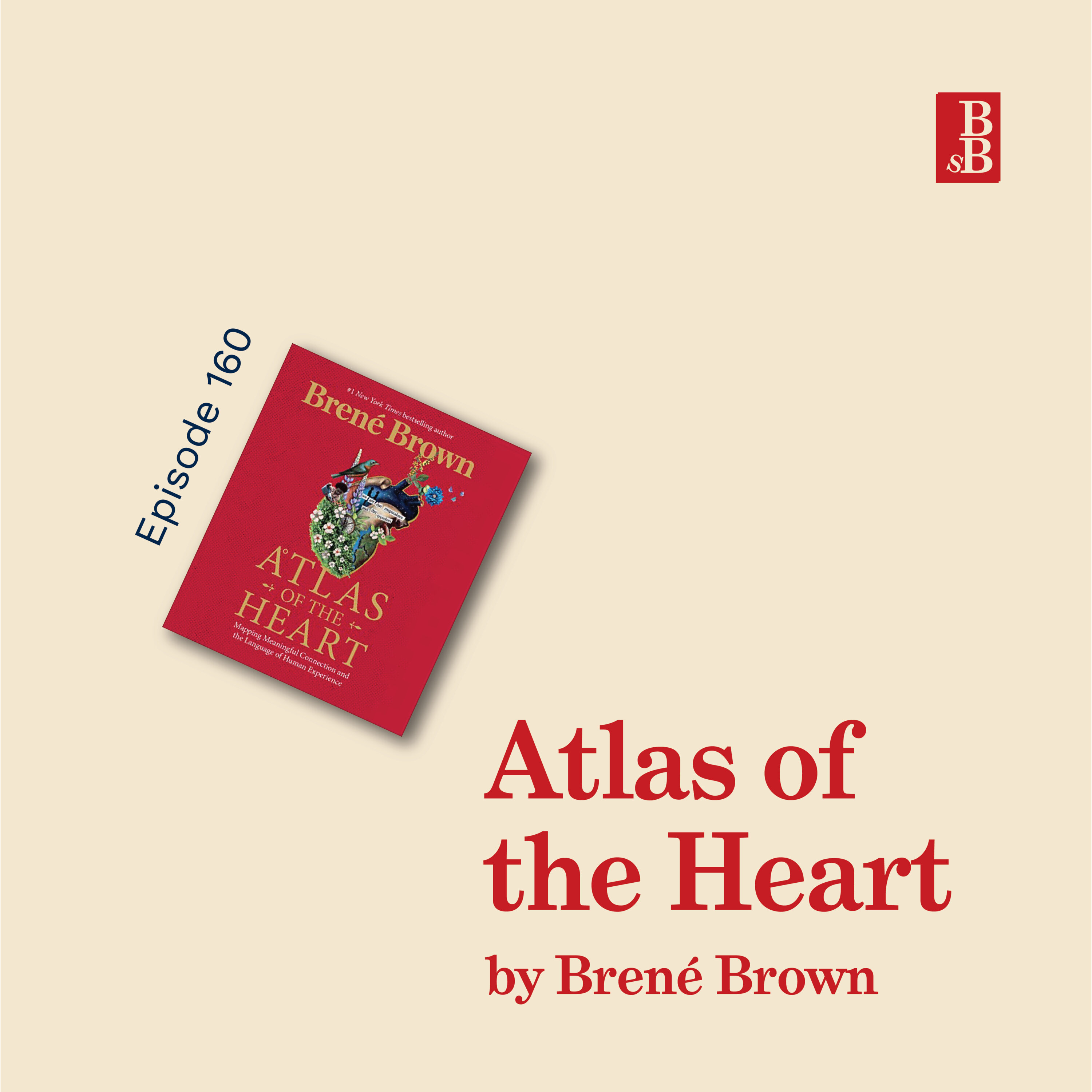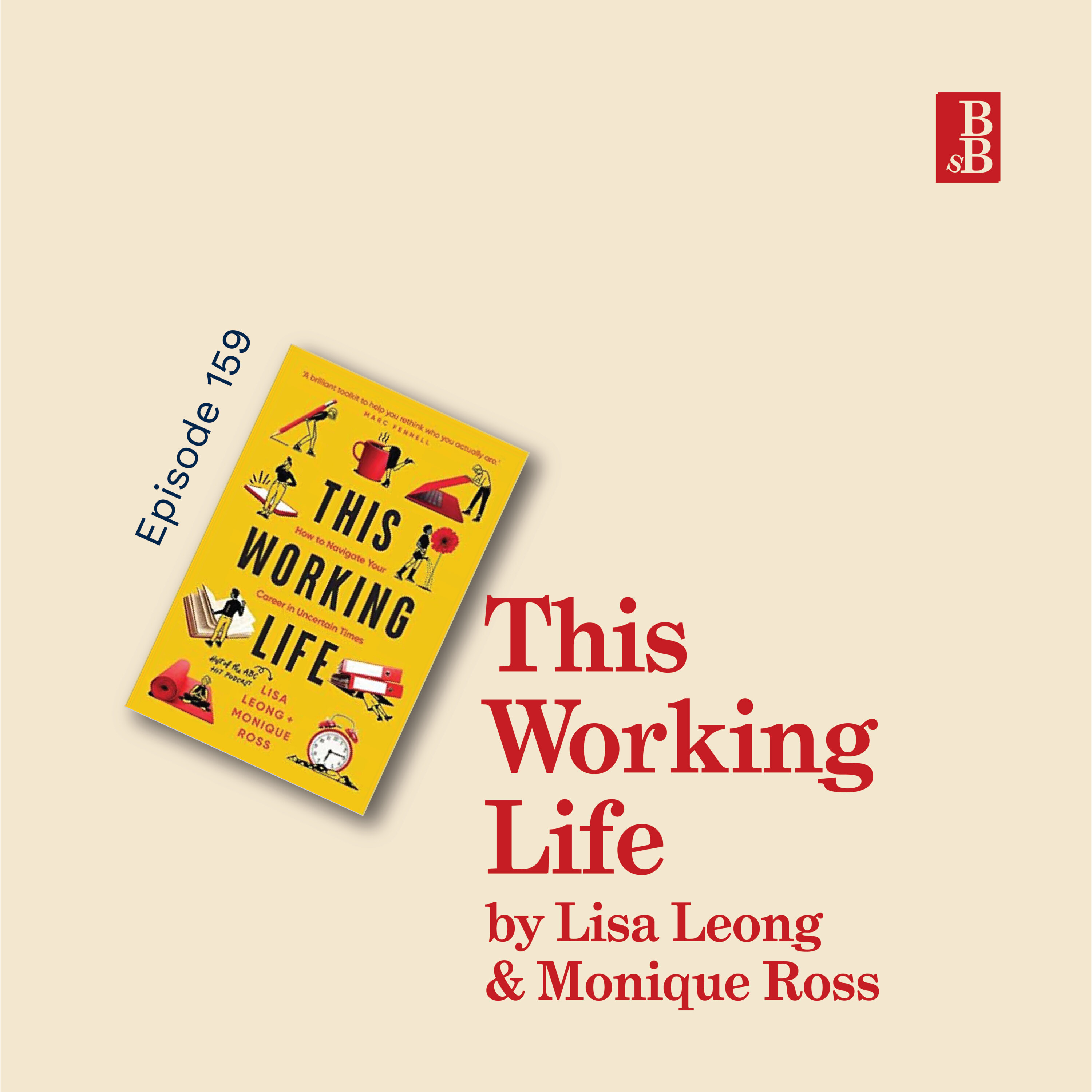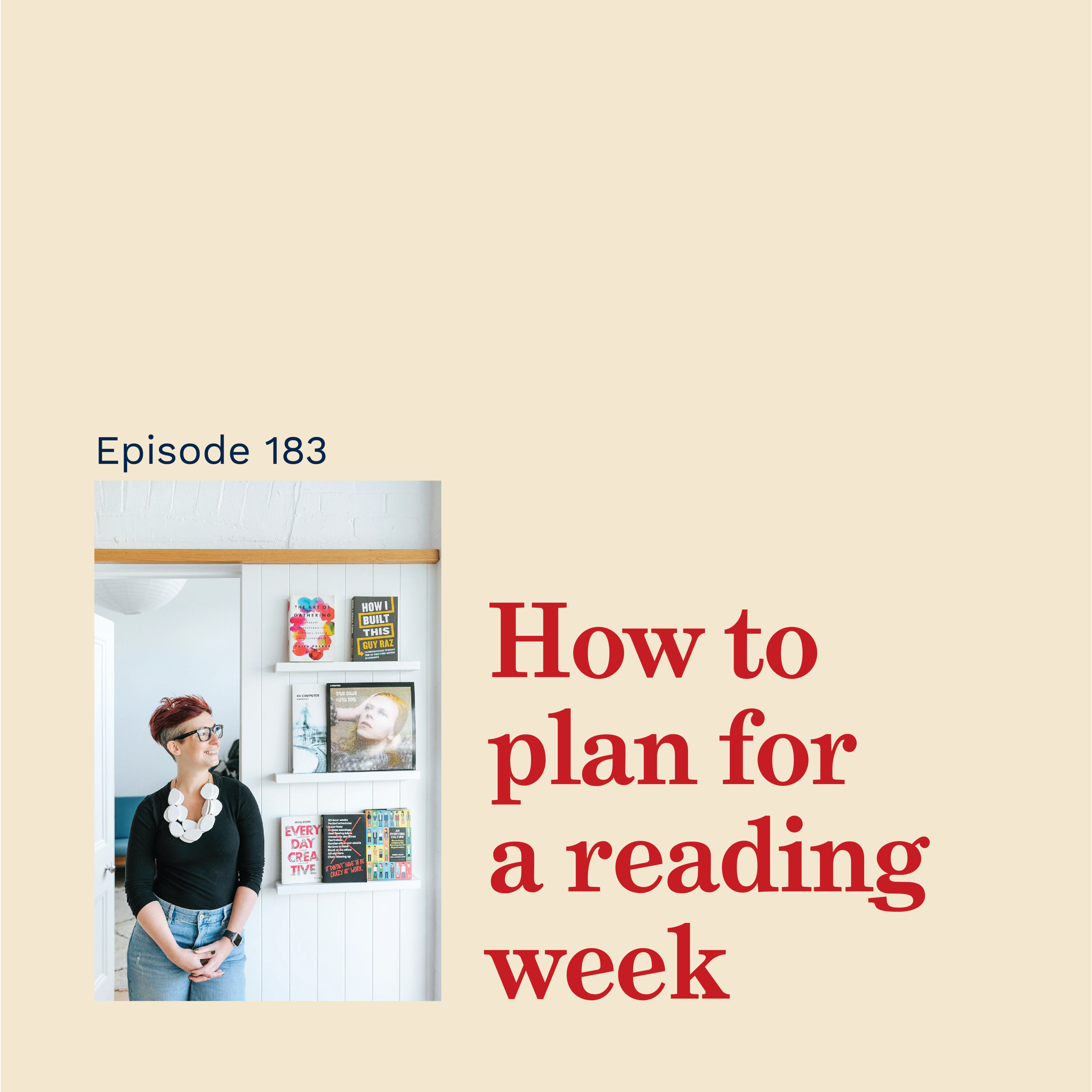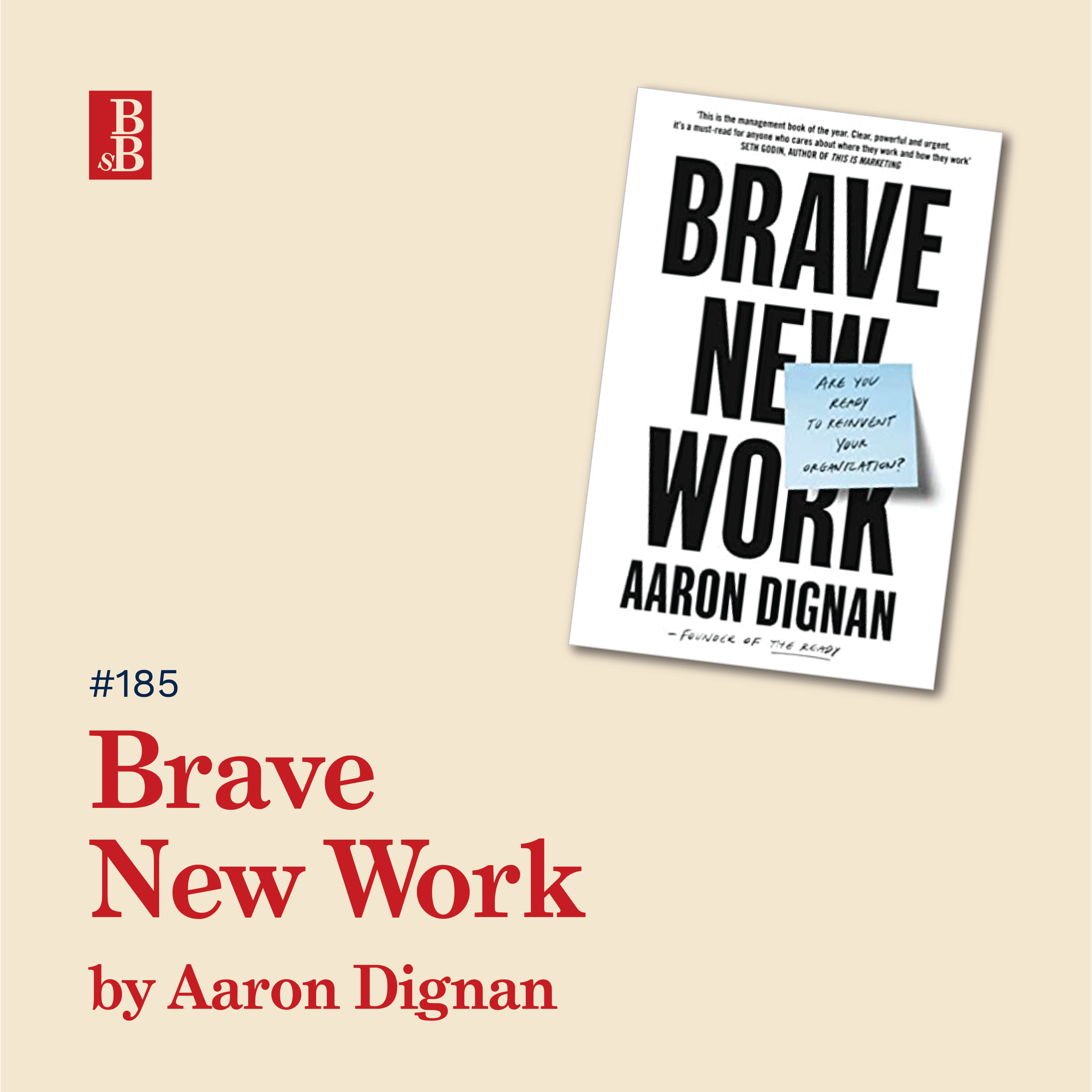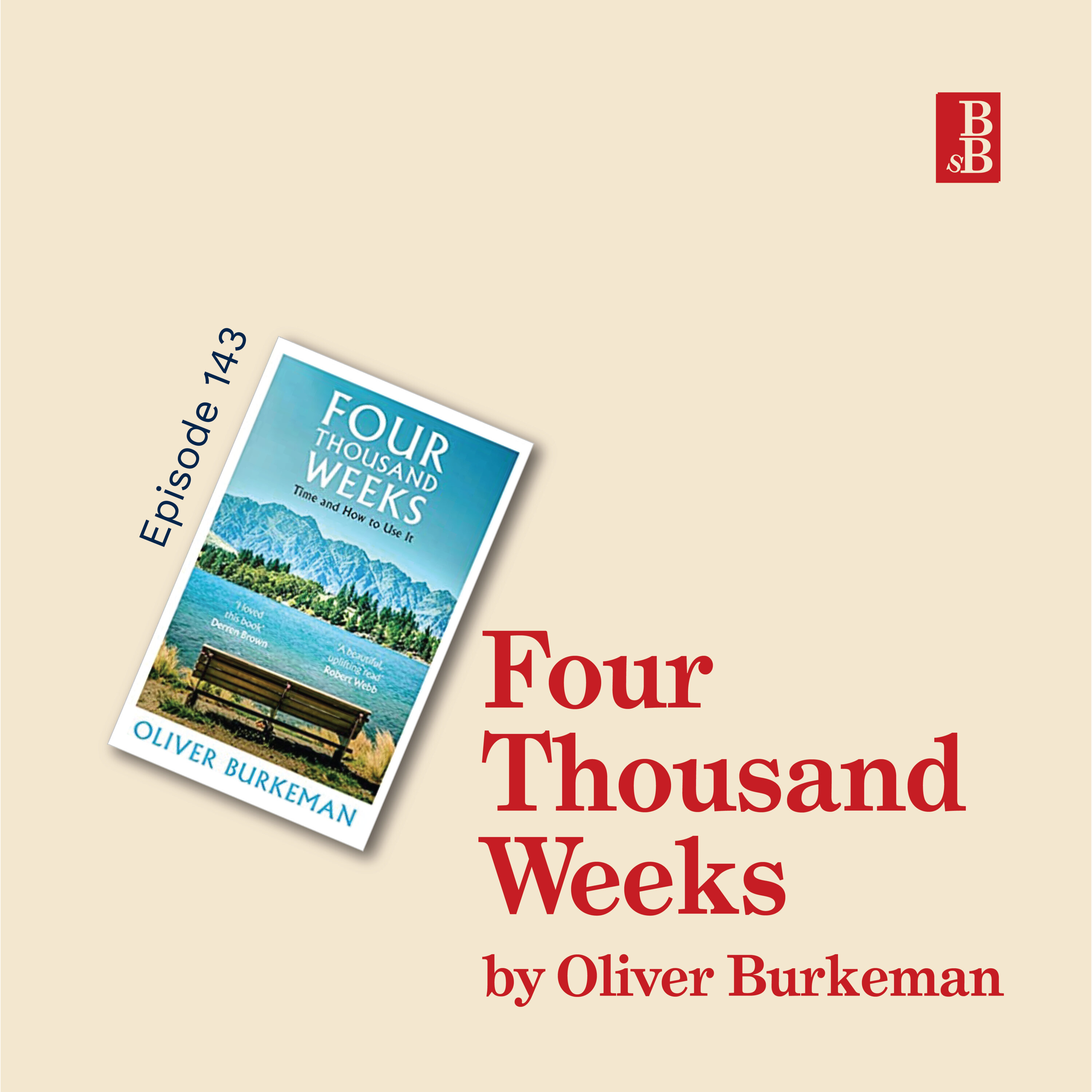Atlas of the Heart by Brené Brown: how to learn to feel again
About the book
Mapping Meaningful Connection and the Language of Human Experience
If we want to find the way back to ourselves and one another, we need language and the grounded confidence to both tell our stories and to be stewards of the stories that we hear. In Atlas of the Heart, we explore eighty-seven of the emotions and experiences that define what it means to be human and walk through a new framework for cultivating meaningful connection. This is for the mapmakers and travelers in all of us.
Source: https://brenebrown.com/book/atlas-of-the-heart/
About the author
Dr. Brené Brown is a research professor at the University of Houston, where she holds the Huffington Foundation Endowed Chair at the Graduate College of Social Work. Brené is also a visiting professor in management at the University of Texas at Austin McCombs School of Business.
She has spent the past two decades studying courage, vulnerability, shame, and empathy; is the author of six #1 New York Times best sellers; and is the host of the weekly Spotify original podcasts Unlocking Us and Dare to Lead.
Brené’s books have been translated into more than 30 languages, and her titles include Atlas of the Heart, Dare to Lead, Braving the Wilderness, Rising Strong, Daring Greatly, and The Gifts of Imperfection. With Tarana Burke, she co-edited the best-selling anthology You Are Your Best Thing: Vulnerability, Shame Resilience, and the Black Experience.
Her TED talk on the Power of Vulnerability is one of the top five most-viewed TED talks in the world, with over 50 million views. She is also the first researcher to have a filmed lecture on Netflix. The Call to Courage special debuted on the streaming service in April 2019.
Brené lives in Houston, Texas, with her husband, Steve. They have two children, Ellen and Charlie.
Source: https://brenebrown.com/media-kit/
Big idea #1 — We need to start feeling
Most of us don’t fully feel. We numb, we avoid, we deflect, and we do anything to not feel painful or uncomfortable feelings, in an attempt to remain in control.
When we start feeling our feelings, we discover we need to do a lot of work to reevaluate ourselves, to reset boundaries, choose ourselves over the comfort of others.
We can’t outrun our feelings, and we need to be, to hold people accountable for their hurtful behaviors. If we don’t understand the link between thoughts and behavior, we become more and more disconnected from each other. There is a lot of disconnection in the world at the moment because we’ve lost the ability to see things from a different point of view, to extend empathy, to connect, and to have the courage to have some uncomfortable conversations.
But to do any of this successfully, we need language. Most people unfortunately can only recognize three big emotions; something looking like mad, sad, and glad. As a result, we’re only really accessing a tiny slice of what it means to be human. The more emotions that we can define, access, and recognise in ourselves and others, the wider and better the conversations we can have.
Big idea #2 — The categories of emotions
The book is structured into 13 groups of emotions;
- The places we go when things are uncertain
- The places we go when we compare
- The places we go when things don’t go as planned
- The places we go when it’s beyond us
- The places we go when things aren’t what they seem
- The places we go when we’re hurting
- The places we go with others
- The places we go when we fall short
- The places we go when we search for connection
- The places we go when the heart is open
- The places we go in when life is good
- The places we go when we feel wronged
- The places we go to self assess
All of those clusters have several different emotions that sit within them, some of them are a mix of what we would commonly call positive and negative emotions (although many in the field would avoid this language).
Each emotion is then broken down to cover how it shows up in our bodies (the biology of the emotion), how families and communities shape our beliefs around the connection between feelings, thoughts, and behaviors (the biography), how to examine our go-to behaviors and recognizing the context of what we’re feeling or thinking (behaviours), and the backstory of each emotion (backstory).
Note: I think this is one of the most powerful parts of the book, the categorization of the emotions in this way, based on how and when they show up.
Big idea #3 — The confused emotions
There’s lots of examples in the book around emotions that often get confused with each other. For example, the difference between stressed and overwhelmed, jealousy and envy, and the link between resentment and envy.
Brené shares an interesting conversation Professor Marc Brackett (author of Permission to Feel). She asked if resentment was linked to anger, and he said that it was linked to envy. This was a huge penny-drop moment for Brené who realised that the ‘anger’ she felt when she was resentful, was actually envy, usually because the other person was able to put a boundary in place that she wished she could, but felt like she couldn’t.
This ability to recognise the subtle nuance between certain emotions is so important for having better conversations with each other about how we feel. Another example was the subtle differences between disappointed, regretful discouraged, resigned, and frustrated. If you’ve only got access to ‘mad, sad, and glad’, you might bunch all of those into ‘mad’. But actually there are really distinct differences in why those five emotions could be showing up.
The conversation you might have someone who’s feeling disappointed when they felt like an outcome was outside of their control, versus the conversation you can have with someone who was able to identify as feeling frustrated are quite different conversations and therefore quite different questions, and empathy are required.
For this reason, this book is an absolute go-to resource for labeling, understanding, demystifying, and defining the emotions we all feel. Seeing where those lines are commonly blurred, and therefore our actions and behaviors might be too, is a pathway to meaningful connection.
Meaningful connection requires grounded confidence and a mindset of learning and improving.
Ultimately, all of this is a journey based in reflection, curiosity, empathy, mistakes, a lot of discomfort, and really a lifetime of work. This is not something that you’re going to read the book, and become a fully fledged, emotionally competent human. This is absolutely a lifetime of work, as Brené openly shares in her own stories throughout the book.
I talked about Brené's previous book, Dare to Lead, in episode 2(!) of this podcast. You can go back and listen to it here.
Support my book habit: https://www.buymeacoffee.com/stephsbookshelf
See omnystudio.com/listener for privacy information.
Hey, have you subscribed to the bookmark newsletter? If you liked this, you might like my twice-monthly email with book reviews and ideas of what you should be reading, and listening to, next. Click here to subscribe.













